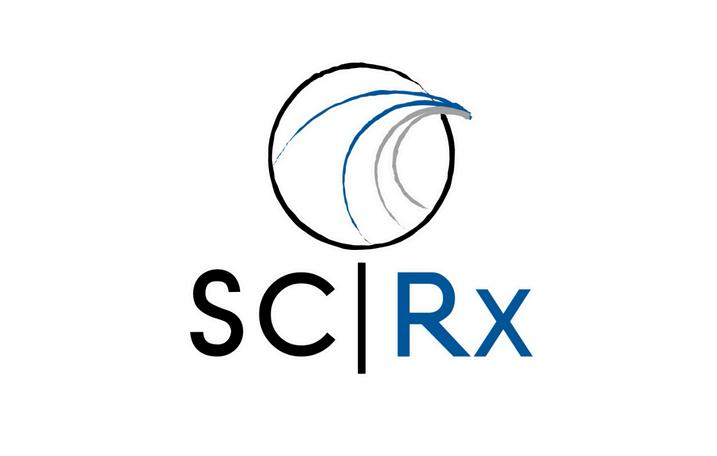




Following an impact to the head, an individual might suffer a head injury, which could be a concussion A concussion is a temporary disturbance in the brain’s functioning as a result of a blow to the head. It is important to note that only a small number of concussions involve a loss of consciousness, and other symptoms may be observed
Concussion occurs when the brain is shaken in the skull following an impact, and this shaking injures the brain This can result in short and long-term symptoms. Symptoms can take place immediately following the impact or might develop later.
In most cases, they will improve by themselves within a couple of weeks if managed appropriately and the recommended rest is undertaken. Despite this, complications can arise from seemingly minor blows to the head Following a head injury, if not already seen by a medical professional, medical review should be sought within 24 hours.
If symptoms become more problematic or persist, you should seek further medical advice and assessment.
THE FOLLOWING SIGNS AND SYMPTOMS HAVE BEEN TAKEN FROM THE NATIONALLY RECOMMENDED CONCUSSION RECOGNITION TOOL (CRT-6) AS WELL AS UK NATIONAL GUIDELINES. THIS IS A TOOL TO HELP IDENTIFY CONCUSSION IN CHILDREN, ADOLESCENTS AND ADULTS FOR NON-MEDICALLY TRAINED INDIVIDUALS
-Loss of consciousness or being unresponsive
-Lying motionless on the playing surface
-Falling unprotected to the playing surface
-Disorientation or confusion / staring or limited responsiveness or an inability to respond appropriately to questions
-Dazed, blank or vacant look
-Seizures, fits or convusions
-Slow to get up after a direct or indirect hit to the head
-Unsteady on feet / balance problems or falling over / wobbly / poor coordination
-Facial Injury


-Confusion
-Disorientation
- Headache
-Pressure in head
- Dizziness
-Drowsiness
- Nausea
- Balance problems
-Sensitivity to light / noise
-Fatigue or low energy
-”Don’t feel right”
- Feeling stunned or dazed
-Neck Pain
- Disturbances with vision, such as double vision, blurred vision, "seeing stars" or flashing lights
Changes in emotion
-More emotional
-More irritable
- Sad
-Nervous or anxious
Changes in thinking
-Difficulties thinking
-Difficulties remembering
-Feeling slowed down
-Feeling like “I’m in a fog”




AS A PRECAUTION, IT IS RECOMMENDED THAT YOU VISIT YOUR NEAREST ACCIDENT AND EMERGENCY (A&E), OR NHS WALK-IN CENTRE IF YOU OR SOMEONE HAS ANY OF THE FOLLOWING:
- Any loss of consciousness because of the injury
- Deteriorating consciousness (more drowsy)
-Severe or worsening headache
-Amnesia - no memory for events before or after the injury
- Confusion or irritability
- Unusual behaviour change
- Any vision problems, such as double vision
- Any neurological deficit eg. difficulties understanding, speaking or writing, loss of balance, double vision
- Any suggestion of skull fracture including: a black eye with no other damage around the eye, cut, bruise or swelling or significant pain at the injury site
- Sudden deafness in one or both ears
-Current blood thinning therapy
-Previous history of brain surgery or bleeding disorders.
You should phone 999 for an ambulance immediately if the person:
-Ongoing in/out of consciousness
- Is having difficulty staying awake, speaking or understanding what people are saying
- Seizure, fits or convulsions
-Weakness, numbness or tingling in arms or legs
-Visual deformity of the skull
-Increasingly restless / agitated
-Increased or worsening confusion
- Has been vomiting since the injury
- Has clear fluid or blood leaking from the ears
- Has clear fluid leaking from the nose
-Severe neck pain
If your symptoms worsen, or you need further medical advice, contact 111 (non-emergency number) or attend your local walk-in centre or A&E unit. In an emergency, dial 999.
** Please ensure that the appointment is booked with a parent’s email and telephone number